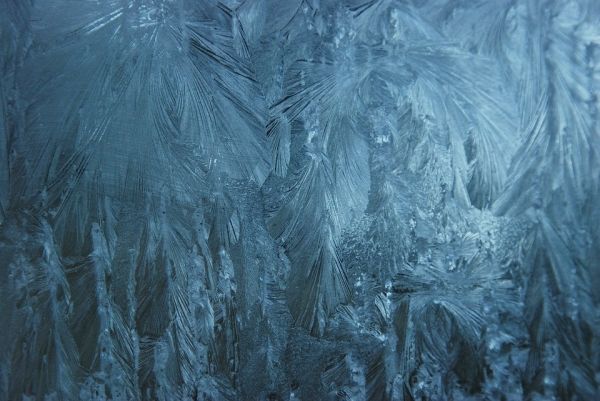The noise created by the Earth’s movements has been used to build up a detailed picture of the geological conditions beneath the Greenland Ice Sheet and the impact on ice flow, in new research led by Swansea University.
The team studied Rayleigh waves – seismic waves generated by movements such as earthquakes – to produce high-resolution images of the rocks underneath the ice sheet, helping to identify which areas are most susceptible to faster ice flow.
The Greenland Ice Sheet is the second largest reservoir of freshwater on Earth. However, the rate of loss of ice mass from the ice sheet has increased six-fold since 1991, which accounts for around 10% of the recent rise in global sea levels.
The geological conditions in the ground beneath an ice sheet or glacier play a key role in determining ice flow. Key factors include: the make-up of the layers of rock; the temperature of the earth’s crust beneath; and the amount of water present in liquid form between rock and ice as this acts as a lubricant, causing so-called “basal slip” and speeding up the flow of ice.
Read more at Swansea University
Photo Credit: danielbuescher via Pixabay


